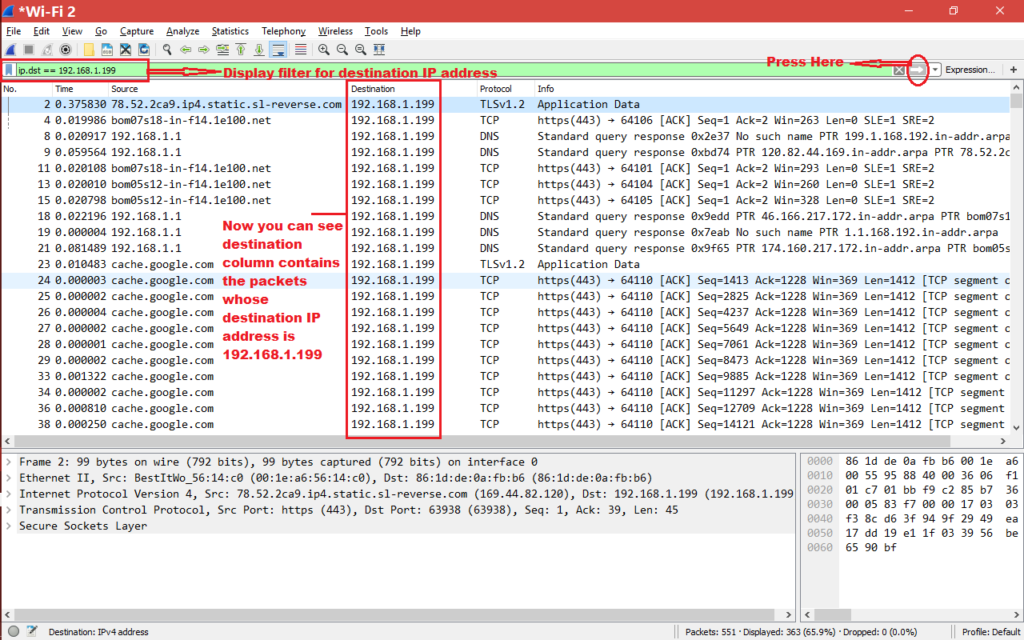

The IP address of the STUN packet will be different than the IP address placed in the payload by the STUN server (the address the server sees - usually the NATed address). STUN seems very hard to understand even after reading the RFC's)Īctually it's pretty easy: By using STUN the client tries to figure out if it is placed behind a NAT device. I'm not sure if this is the right place to explain all of them, especially as there are loads of explanation pages on the internet. The mentioned protocols are all required for Video and Audio data. However, Google uses STUN, RTP, RTCP and SRTP and I don't understand the hand-off's between each protocol (STUN seems very hard to understand even after reading the RFC's). There is a list of ports that Hangout is using: We'd thought all our Corporate Firewalls had been configured to pass UDP to the correct ports but we must have missed one). Unfortunately I don't have sample traffic, but maybe I can answer some of your questions without that. However, Google uses STUN, RTP, RTCP and SRTP and I don't understand the hand-off's between each protocol (STUN seems very hard to understand even after reading the RFC's).Īny help or pointers to online information would be much appreciated. If it were 'normal' SIP/SDP with RTP/RTCP traffic then one of the Wireshark books has some good worked examples. not just a clean capture (which I can obtain at home) but what each element sequence means. What I'm struggling with is understanding what a good end to end traffic flow should look like i.e. We're about to do some analysis to see where in our environment we're blocking UDP (we'd thought all our Corporate Firewalls had been configured to pass UDP to the correct ports but we must have missed one).

We have it working end to end through various Firewalls and Proxy servers but it's only working over TCP which we believe is causing latency issues. My client has just started using Google Hangouts. Has anyone got a sequence of events with example network capture for a Google Hangouts session?


 0 kommentar(er)
0 kommentar(er)
